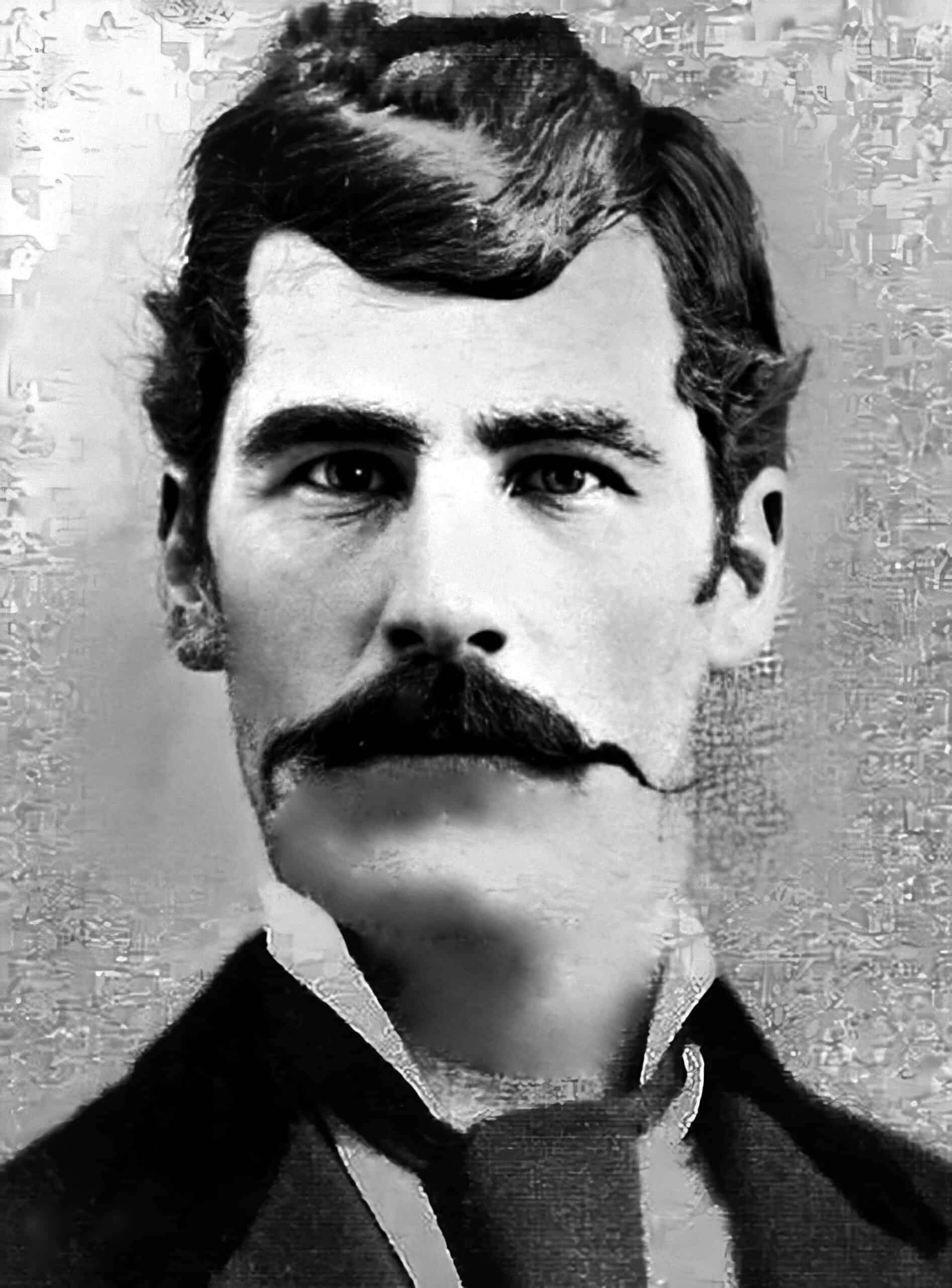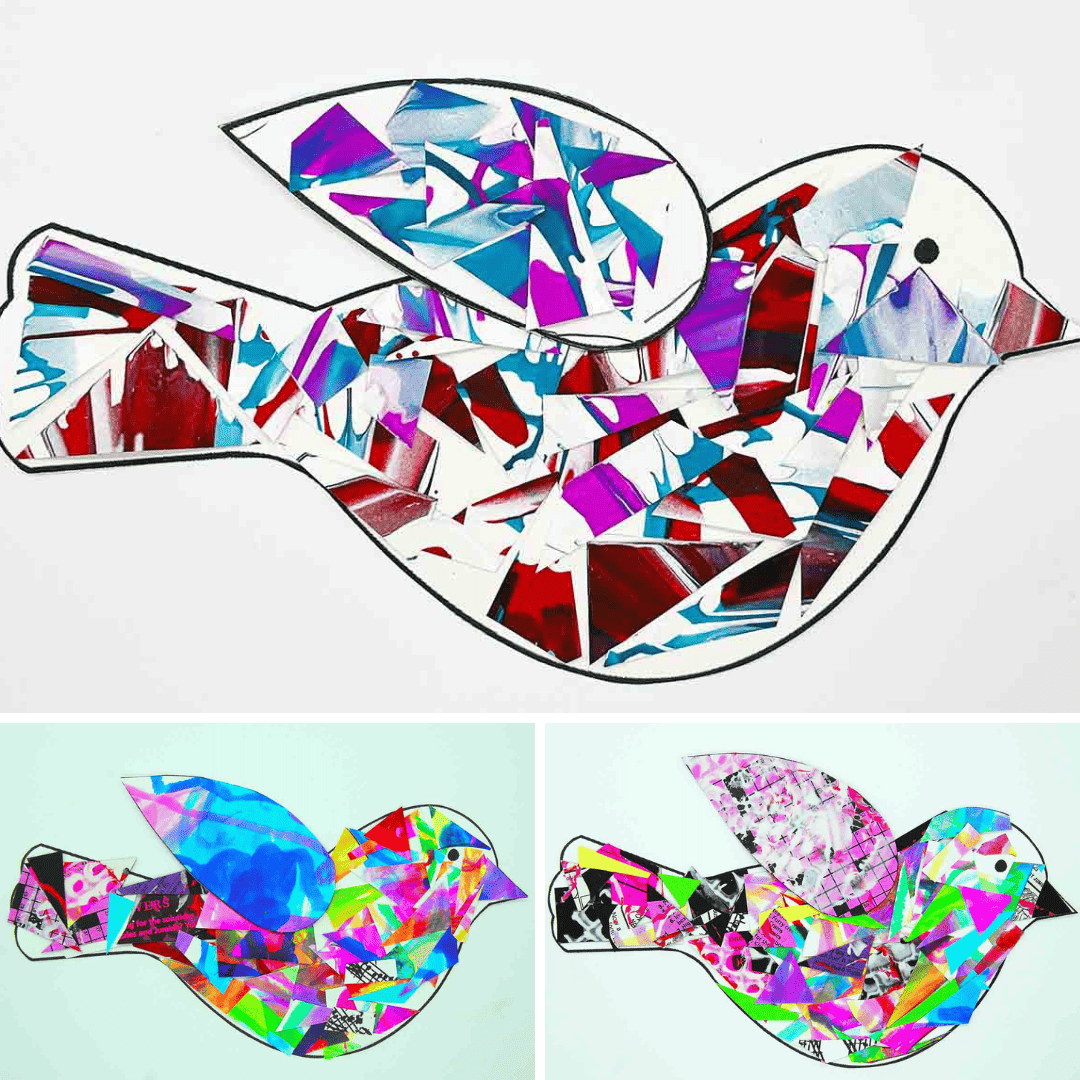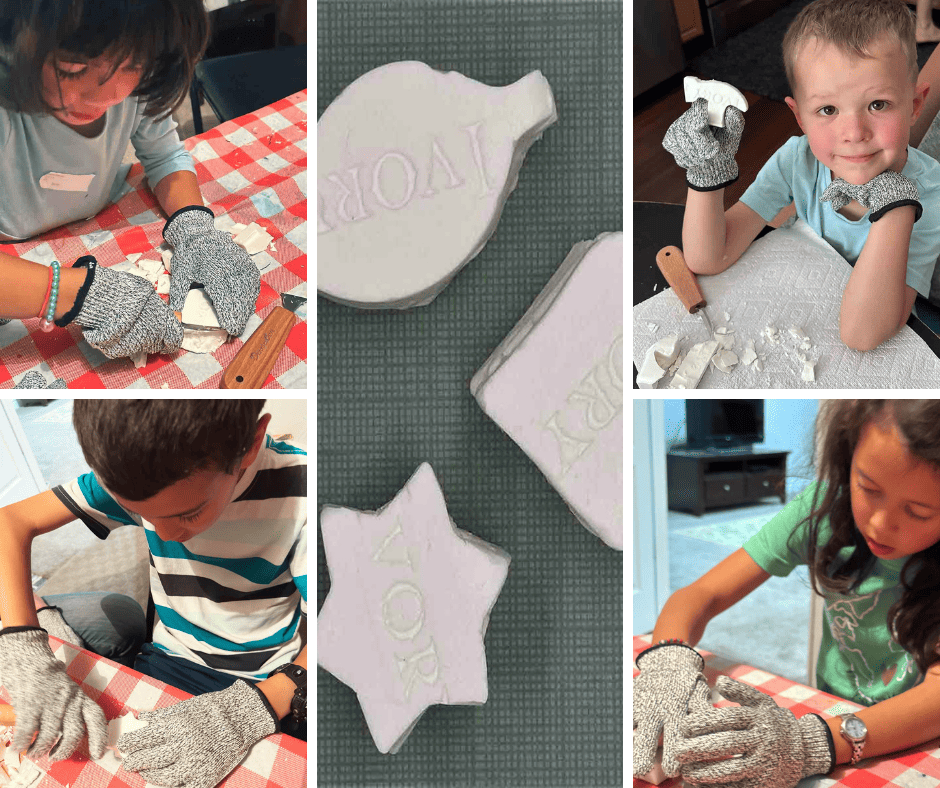Inside: Reading signs in nature tell us a lot about where we are and what’s happening around us. Here are 6 amazing ways our ancestors read different signs in nature.
Reading Signs in Nature
My great-grandfather, George Henry Burraston Harris was first generation American. His parents were from England.
George was the fifth of six children. His mother, Ana, died when he was two years old, but because of many challenges, George became adept at weathering the storms of life.
Along with his dashing handlebar mustache (that he oiled daily with Macassar oil), he had a beautiful singing voice. But, above all, George was a hardworking, tough cookie! At the age of 14, he worked for the Pioche Mines in Nevada. He settled Salem, Idaho, worked as a county assessor in the local government in Salem, and started the Salem Canal Company to help farmers irrigate their land.
When he was 18, he lived in Frisco, Utah—a silver mining town that had 25 salons, brothels, and casinos. Frisco was described as a town worse than Dodge City, Tombstone, and Sodom and Gomorrah combined. George worked there in the mines from 1876-1882, coincidently, the same time that Butch Cassidy was there. So, the question is: did they cross paths?
While in Frisco, Victoria (who later became his wife) sent him a letter asking him if he had plans to return home, which triggered a longing for his sweetheart. He rushed home and proposed to Victoria, they got married and together had 13 children.
From George, I learned that our ancestors didn’t look at nature as we do today. We go on nature walks, enjoy the flora and fauna, and take photos while hiking. Not so in the decades leading up to the mid-1900s. Long before we were born, our ancestors had developed a special relationship with the land. The frontier was ingrained into their lives and a part of their beings. They knew, understood, and respected nature’s dangers and beauty and they were adept at reading signs in nature that would:
- alert them to danger
- help them find food
- predict weather
- locate water
They also knew:
- the way trees bend indicates wind direction
- roots of a tree indicate the sun’s direction
- the scent of cinnamon suggests altitude
- a budding flower point south
- Big Dipper in the Northern Hemisphere is used to tell time
To become a little more nature-savvy like our ancestors, we did the following 6 activities. Here are some of my favorite nature books to help you on your journey:
- The Lost Art of Reading Nature’s Signs by Tristan Gooley
- Exploring Nature by Kim Andrews
- Nature Anatomy by Julia Rothman
- The Secret Signs of Nature by Craig Caudill
- Nature’s Hidden Charms by Liz Dean
#1 Going on a Listening Walk
Our ancestors listened to and “read” sounds in nature. It allowed them to hear animals, and locate water, and because our ears are directional, listening helped them decipher which direction they were going.
Copycat your ancestors and take your kids/grandkids on a “listening walk.”
Nature parks with water, birds, trees, ducks, spiders, tall grasses, etc. are a haven for a listening walk.
Start your nature journey by reading the children’s book, The Listening Walk by Paul Showers. Explain that the focus of this nature walk is using your ears to hear sounds in nature like our ancestors such as:
- Rustling leaves of trees
- Birds singing/chirping
- Crickets chirping
- Bees buzzing
- Water rippling
Take my listening walk printable (below) and circle the different things you hear in nature.
Activity: Listening Walk Printable
Click here to download my FREE Listening Walk Printable
#2 Camping is Fun—when Reading Signs in Nature
Camping is practiced around the world, but the reasons for camping have morphed over the ages. Today, people camp because they love the outdoors; it’s a way to feel a part of nature and disconnect from technology. It’s also an opportunity to teach your kids/grandkids how to pitch a tent, build a fire, or read a compass–just like their ancestors.
Our ancestors camped for practical reasons. Many were hunters, trappers, or explorers and needed to get from one place to another which required sleeping outdoors (obviously there were no motels, hotels, or tents). More than likely, they appreciated nature as we do—but looked at it in a utilitarian way.
Activity: Look for Colors in Nature–Make a Nature Board
My ancestors looked forward to Spring and Fall–and observing the changes of colors found in nature. On your next camping trip, be an ancestor and observe the sounds and colors of nature. Make simple color boards from cardboard; glue pieces of colored paper across the board and hot glue a clothespin at the top.
Then go out in nature and find different things that match the colors on your board and attach them to the board.
#3 What the Birds Tell Us
Do you have ancestors who loved watching birds or raised birds? My German great-grandfather loved birdwatching and he raised pigeons. He taught his children that the easiest way to spot birds is to LOOK—especially look UP!
And, he taught them…
- You will find wild birds at the edge of a forest, meadow, or places near water.
- If you see a bird in a tree and walk towards the tree, the bird will hop up higher in the tree because it may consider you dangerous
- Birds chirping can mean a predator is nearby. They also chirp to claim territory or sing to attract a mate
- Bird language can alert you to dangerous animals in the area such as bobcats, mountain lions, bears, and foxes
If you want more information about activities for birdwatching and remembering your ancestors, click here:
How to Teach Your Kids About Awesome Birdwatching
Here are 11 Amazing Activities: Birdwatching for Kids & Grandkids!
Activity: Stained Glass Birds
I’ve taken my grandkids birdwatching many times. My great-grandparents also practiced recycling. Everything was used over and over. So, to remember and honor them, after going birdwatching, we made these recycled birds by cutting up different art projects from the past. Here’s what we did:
Supplies
- Bird templates
- Cut up pieces of old art projects
- Scissors
- Glue
Directions
- Download and print out the bird template
- Cut up pieces of old art projects into different shapes
- Glue the shapes onto the bird
#4 Insects are Interesting!
When I was little, I loved bugs, spiders, and insects and I gathered them up and put them in the pockets of my pinafores. My father and grandfather worked in the mines and would bring home different insects for our family to inspect. I loved seeing all these bugs and spiders.
We’ve taken our grandkids on many bug hunts while talking about ancestors from the past who also loved bugs, insects, and spiders.
Here are interesting facts about insects:
Dragonflies. If you see a dragonfly, you are near still water.
Flies. You’re getting close to people when you see flies—sometimes all over you!
Crickets. A great thermometer because they chirp when the temperatures change
Miner Bees. They nest on the ground but can be found in between logs of old barns or cabins. If you see a patch of bare earth with tiny holes, you’ve probably spotted mining bees
Activity: Create Out-of-this-World Bugs Using Bug Stamps
Pretend you are one of your ancestors and find insects in nature—then create different bugs using bug stamps.
Supplies
- Bug Stamps
- Craft Ink Pad Stamps
- Paper
- Cardboard
- Colored Cardstock paper
- Kwik Stix markers
- Glue
- Scissors
Directions
This bug stamp collection has a series of different bug parts—body, legs, antennas, heads, tails, etc., which is perfect for using your imagination.
- Put together any body parts to create interesting and fun bugs.
- Cut out and arrange on a colored piece of cardstock
- OR—cut out squares of cardboard and color with Kwik Stix markers. Arrange your cut-out bugs on the cardboard
#5 Reading Signs in Nature
Here are some signs in nature that our ancestors understood. It helped them to better understand the land, look for animals, and predict the weather.
Deer & Scat
- If you see a deer on your nature walk, it means the ecosystem is healthy with a varied wildlife.
- If you see deer scat (poop), on your hike, it’s probably an area downwind where deer shelter on a hot day.
Changes in Soil Color
Soil color is an indicator of soil health. Our ancestors would have looked for healthy soil to plant a garden or grow crops on their farms.
- Gray or green soil is not healthy—not enough oxygen.
- Dark brown, red, or tan indicates healthy soil with a lot of organic matter. Our ancestors understood that rich soil was necessary for healthy crops.
- Different kinds of soil indicate changes in plants, animals, and human activity.
Wind Direction
To determine which way the wind is blowing, stand with your back to the wind and watch which way the clouds are moving:
- Left to right: warm is coming but rain may be coming first. Remember the saying, “Left to right, not quite right.”
- Right to left: Cold air is coming but improved weather will come afterwards
- Look at the prevailing wind direction by looking at trees or tall grasses. If they lean in one direction, that is the way the wind has predominantly blown.
Animal Tracks
Deciphering animal tracks is interesting. To make it easy, download the app iTrack Wildlife. It includes all the elements to identify the tracks of the most common mammals and photos for each species.
#6 Whittling: Folk Art Indigenous to the Ozarks
Whittling has been around since 400 BCE.
In America, whittling is indigenous to the Ozarks and was used as a pastime to create art from wood or sticks found in nature.
To remember our ancestors, we whittled using Ivory soap bars and authentic whittling tools.
When I was in the third grade, I whittled a turtle out of an Ivory soap bar and it’s easier using soap than wood when you’re first learning to whittle.
Here’s what you need:
Supplies
- Ivory soap bars
- Wood Carving kit
- Cookie cutters
Directions
- Using a simple cookie cutter that will fit over the bar of soap, press it slightly into the soap bar so you can see the imprint
- Take the whittling tools and carve around the imprint. The whittling tool kit contains gloves for both parents and children—use them to avoid any accidents.
What exciting things have you learned about your ancestors by reading signs in nature? Please comment in the section below.

















Leave a Reply